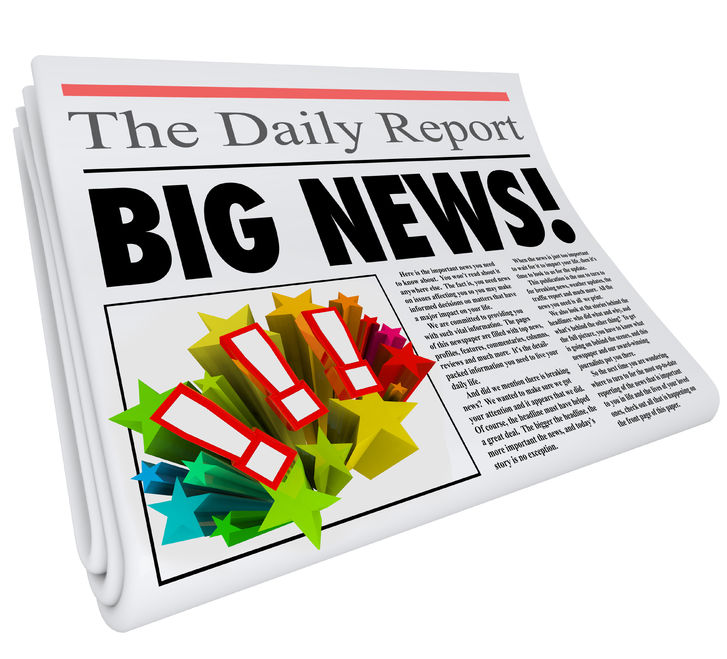The Importance of Correct Tariff Classification: Get it Right the First Time

Importers have an obligation to correctly classify their goods for tariff classification, and to understand the potential ramifications of incorrect tariff classification.
Importing printed material? New potential opportunities!

We all know that different types of goods mean different rates of duty at the border. What’s not as intuitive is understanding the distinction between similar items and knowing what classification category an item belongs to for the purpose of assigning duty.
Heads up! CBSA is serious about compliance.

We all know that an audit – or Trade Compliance Verification – by the Canada Border Services Agency (CBSA) is a looming possibility for anyone involved in cross-border trade. And recently it seems that audits are becoming more frequent.
Cole International Opens New Branch!

Cole International has opened a new U.S. office in Seattle, Washington.
CBSA’s New Accounting System: Let’s understand this a little better

CARM The Canada Border Services Agency (CBSA)’s Assessment and Revenue Management project (CARM) is a large, multi-year project focused on transforming how the CBSA assesses, collects, manages and reports on import revenue and trade information. Among its goals is the simplification of accounting systems with the.
Get with the times! Boost supply chain efficiency through best use of technology

Businesses large and small depend on digital information transfer to facilitate commercial transactions all along the supply chain – from handling inquiries to placing orders to electronic payment and shipping. The internet has become an enabler of commercial global enterprise – organizations can now move information.
Your NAFTA Certificate of Origin: Taking a closer look

*USMCA/CUSMA replaced NAFTA on July 1st, 2020. Read More... Does it frustrate you when you receive an incomplete NAFTA certificate from your supplier? Do you often wish there was an easier way to check if your NAFTA certificates are valid?
How to apply for an Advance Ruling

What is it? An advance ruling is a legally binding designation of the classification of goods for the purpose of assigning tariffs. Advance rulings are issued by CBSA under the Customs Act and serve to provide clarity by confirming a good’s tariff classification number under the Canadian Customs Tariff.
Is your Canadian customs broker offshoring?

Did you know that some Canadian customs brokers “offshore” specific customs processes to third parties? Are you wondering if your information is being viewed and accessed by a third party in another country? Do you want some information on what this could mean for you? Then read on!

Latest Articles
- 7 ways Canadian importers reduce risk when ordering overseas
- Watch out for these extra charges on your freight bill
- Key differences between duty drawbacks and duty refunds for importers
- Mitigating container shortages and rising shipping prices for ocean imports
- How Canadian importers benefit from end use tariff codes and conditional relief
